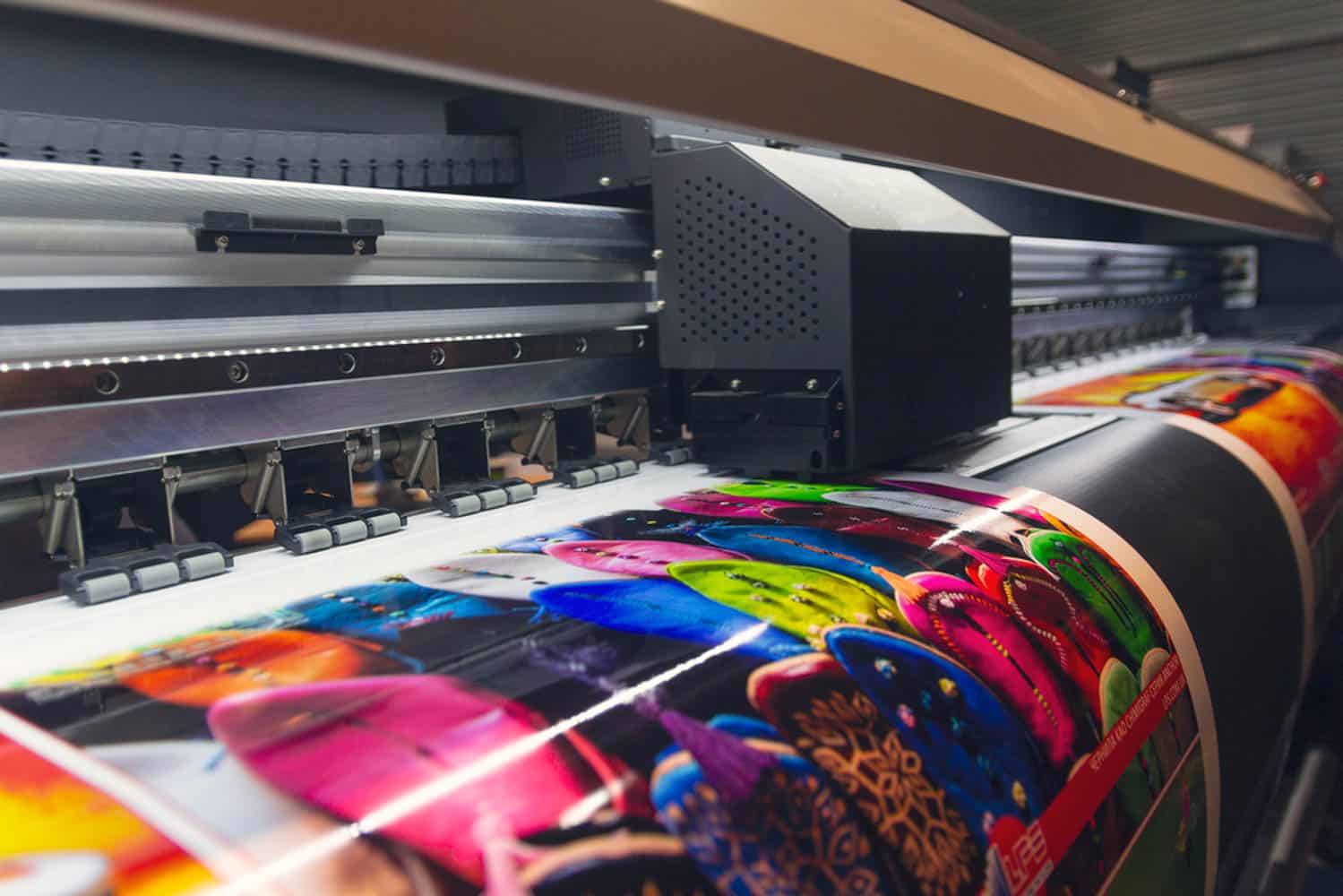Recognizing How Digital Printing Reinvents the Printing Sector
The printing sector, long steeped in standard methods, is undergoing an extreme makeover with the introduction of electronic printing. This ingenious technology, which avoids the requirement for publishing plates, enables rapid production and modification, improving the landscape of print interaction. With its potential to spur engagement with individualized web content and to offer sustainable services, it's clear that electronic printing is greater than a technological development; it's a crucial video game changer. Yet how exactly does it revolutionize the sector? Let's check out.
The Advancement of Digital Printing: A Short Summary
Since its beginning, digital printing has actually undergone substantial transformations, continuously transforming the printing sector. With the introduction of the 90s, electronic printing technology began to grow, and the industry saw the intro of direct imaging presses, which removed the need for publishing plates. As the brand-new millennium unfolded, developments in modern technology further spurred the growth of electronic printing, leading to the creation of high-speed inkjet printers.

Unboxing the Innovation Behind Digital Printing
Looking into the complexities of digital printing modern technology, one comes across a rich tapestry of innovative machinery and facility algorithms. At the heart of this procedure lies a digital image, which is refined by software that splits it into a grid of dots. These dots are then transformed into an electronic code. This code is translated by the printer, which utilizes it to exactly deposit droplets of ink onto the substratum. The droplets are so little and precise that they produce an image that is virtually tantamount from the original. This complex system, bolstered by sophisticated software program and high-resolution imaging, has changed the landscape of the printing sector, leading the way for unmatched degrees of information and accuracy.

The Advantages of Digital Printing for Businesses
Recognizing the technology behind electronic printing supplies a clear picture of its accuracy and information. For companies, this get more converts into countless advantages. Electronic printing offers unmatched rate, enabling firms to satisfy limited deadlines without jeopardizing on quality. Next off, it lowers costs as there are no plates or physical configuration, making it excellent for small-volume printing tasks. This modern technology supplies superior consistency with each print outcome, getting rid of variants usually seen in traditional methods. Finally, digital printing is eco-friendly, making use of less ink and producing much less waste. The full potential of digital printing is realized when used for modification and customization, a subject that will be covered in look at this now depth in the following area.
The Duty of Digital Printing in Modification and Personalization
While standard printing techniques deal with modification and personalization, electronic printing excels in these areas. It permits the very easy modification of designs, without the demand for costly and time-consuming plate adjustments (print on demand). This makes it possible for businesses to customize products to specific clients, meeting details requirements and enhancing client fulfillment
Digital printing also enables variable information printing, where elements such as message, graphics, and photos may be altered from one published piece to the next, without reducing the printing procedure. This is particularly helpful for direct advertising projects, where tailored messaging can web considerably enhance feedback prices. In this way, digital printing not just changes the printing industry however likewise changes the means businesses interact with their consumers.
Analysing the Environmental Effect of Digital Printing
Although electronic printing has actually been lauded for its duty in personalization and customization, it is essential to analyze its ecological impact. Digital printing can be much less inefficient than standard methods, due to the fact that it operates on a 'print on demand' basis, getting rid of the need for huge print runs that can result in surplus and waste. While electronic printing has numerous advantages, its ecological impact has to be diligently taken care of.
Final thought
To conclude, electronic printing has transformed the printing market, offering quick, affordable, and high-quality options. It helps with modification, enhancing customer engagement, and uses a sustainable print-on-demand design. As this modern technology remains to advance, its effect on organization communication, client fulfillment, and environmental sustainability comes to be increasingly profound. Comprehending these changes is important for organizations to leverage the benefits of electronic printing successfully.